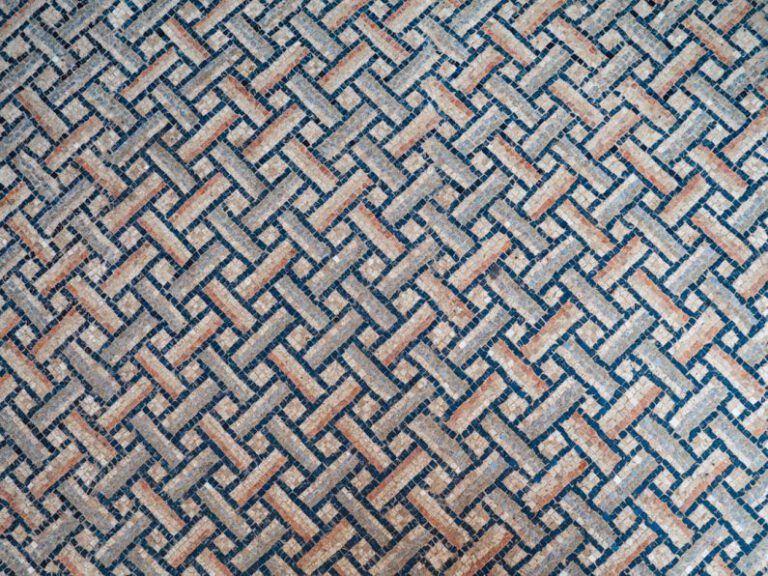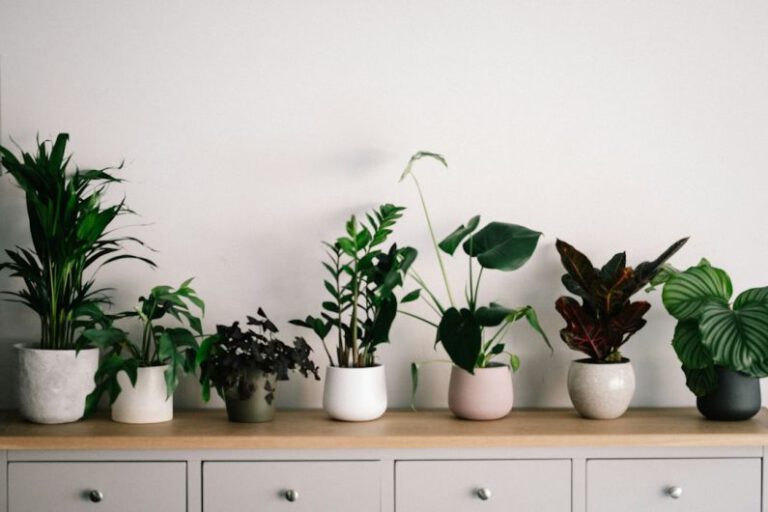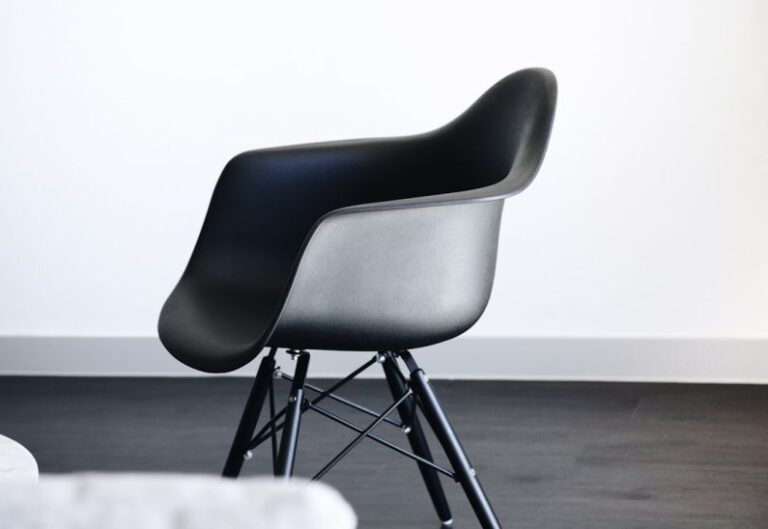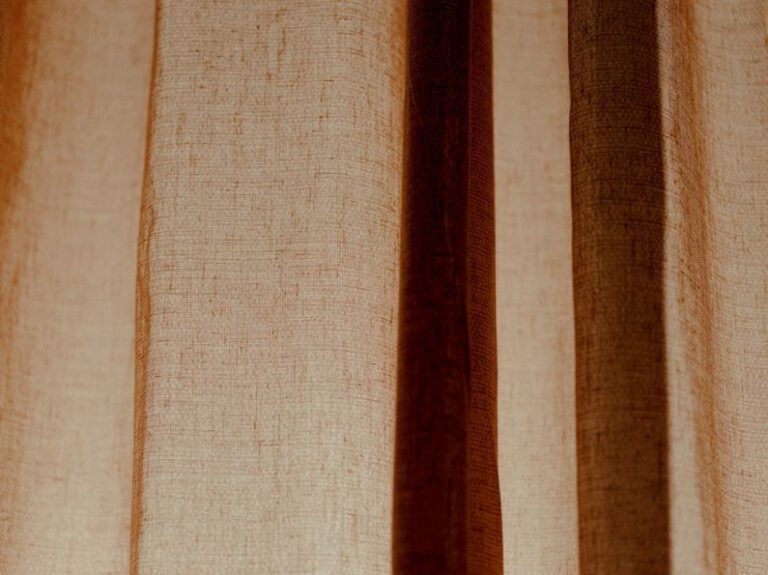Is it Possible to Make a Small Space Look Bigger?
Creating the Illusion of Space: Tips to Make a Small Space Look Bigger
When it comes to living in a small space, the struggle to make it feel open and airy is a common challenge for many. Whether you reside in a compact apartment, a tiny studio, or a cozy home, there are several design strategies you can implement to maximize the perceived space and create a more spacious feel. By utilizing clever design techniques and making strategic choices, you can transform a cramped area into a visually larger and more inviting space. Here are some effective tips to help you achieve that coveted sense of spaciousness in your home.
Opt for Light Colors
One of the most effective ways to make a small space appear larger is by using light colors on the walls, floors, and furniture. Light hues such as soft neutrals, whites, and pastels have a reflective quality that bounces natural light around the room, creating a bright and airy atmosphere. By painting walls in light shades and choosing furniture in similar tones, you can visually expand the space and make it feel more open and expansive.
Strategic Furniture Placement
The way you position your furniture can have a significant impact on the perceived size of a room. To create the illusion of space, opt for furniture that is proportional to the room and avoid overcrowding the area with bulky pieces. Arrange furniture in a way that allows for easy traffic flow and leaves plenty of open space around each piece. By strategically placing furniture along the walls and keeping the center of the room clear, you can make the space feel more open and less cluttered.
Utilize Mirrors
Mirrors are a powerful tool in visually expanding a small space. Placing mirrors on walls opposite windows or doors can reflect natural light and create the illusion of depth, making the room feel larger and more spacious. Additionally, using mirrored furniture or decor items can further enhance this effect and add a touch of glamour to the space. By strategically incorporating mirrors into your design scheme, you can amplify the sense of openness and light in a small room.
Multi-Functional Furniture
In a small space, every piece of furniture should serve a dual purpose to maximize functionality without sacrificing style. Opt for multi-functional furniture such as storage ottomans, pull-out sofas, or nesting tables that can adapt to your changing needs and help save space. By choosing pieces that offer hidden storage or can be easily folded or tucked away when not in use, you can keep the room looking organized and clutter-free, ultimately making it feel larger and more open.
Embrace Vertical Space
When floor space is limited, it’s essential to think vertically and make use of the walls to create storage and display opportunities. Install floating shelves or wall-mounted cabinets to keep items off the floor and draw the eye upward, emphasizing the height of the room. Hanging curtains near the ceiling and using tall bookcases or floor-to-ceiling mirrors can also help elongate the walls and make the room appear taller, adding to the overall sense of spaciousness.
Incorporate Light and Airy Fabrics
Choosing light and airy fabrics for curtains, upholstery, and bedding can contribute to the overall feeling of openness in a small space. Opt for sheer curtains that allow natural light to filter through, creating a soft and ethereal ambiance. Select furniture upholstery in light fabrics such as linen or cotton to add texture without weighing down the room visually. By incorporating fabrics that are light in color and weight, you can enhance the sense of airiness and brightness in the space.
Create Visual Continuity
Maintaining visual continuity throughout the space can help create a seamless flow and make the room feel more cohesive and spacious. Choose a consistent color palette and design style for the entire space to avoid visual clutter and create a harmonious look. By using similar colors, patterns, and textures in different areas of the room, you can visually connect the various elements and make the space feel more expansive and unified.
Innovative Lighting Solutions
Proper lighting is crucial in making a small space feel larger and more inviting. Incorporate a variety of lighting sources, including overhead fixtures, task lighting, and ambient lighting, to create layers of illumination that can enhance the perceived size of the room. Use floor lamps, table lamps, and wall sconces strategically to brighten dark corners and highlight focal points, drawing attention to different areas of the room and adding depth and dimension. By playing with light and shadow, you can create a dynamic and visually interesting environment that feels spacious and welcoming.
Conclusion: Small Space, Big Impact
In conclusion, making a small space look bigger is not just about physical dimensions but also about creating a sense of openness and airiness that can transform the way you experience your home. By implementing these design tips and tricks, you can maximize the perceived space in your living area and create a more visually expansive and inviting environment. With a thoughtful approach to color, furniture placement, lighting, and decor, you can make even the tiniest of spaces feel like a grand and luxurious retreat. So, embrace the challenge of designing a small space and unleash your creativity to achieve big impact in every square foot of your home.






